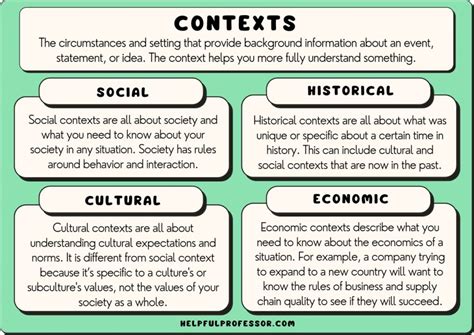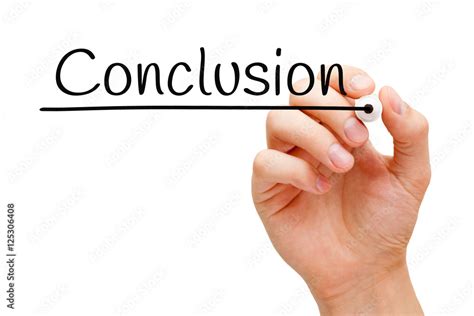Prostitutes Normal

Definition and History

Prostitution, often referred to as the world’s oldest profession, has a long and complex history. The term “common prostitute” is rooted in English law and has historically been used to describe individuals engaged in the trade. This term has been criticized for being archaic and stigmatizing. Street prostitutes, for instance, typically work long hours, often six to eight hours a day, five to six days a week, serving three to five clients per night. Their lives are often marked by hardship and risk.
Psychological and Social Aspects

In many cases, poverty drives individuals into prostitution. The average age of those entering this line of work is around 17 years old. Older prostitutes often warn younger ones about the dangers, such as HIV/AIDS, and the harsh realities of the trade. Studies have explored the psychological characteristics of those involved in prostitution. Some research, like that by K. Rasoulzudeh, has compared prostitutes to criminals, suggesting that occasional prostitutes diverge more from societal norms than occasional criminals.
Societal Perceptions
However, not all prostitutes fit the image of “moral insanity.” Some enter the trade for survival, while others may do so due to coercion or lack of alternatives.
Cultural Context and Modern Debates

Historically, prostitution has been documented in various cultures. In ancient Mesopotamia, priests engaged in sexual acts with prostitutes as part of religious rituals. In ancient Greece, brothels were legal and catered to political leaders. This historical context shows that prostitution has been a persistent, though often controversial, part of human society.
In modern times, the debate surrounding prostitution continues. Some argue that it should be normalized and regulated as a profession, while others see it as exploitative and harmful. Laws and policies on prostitution vary widely across the globe. For example, licensed brothels are common in some regions, while other areas strictly prohibit the practice.
Modern Perspectives
Men who buy sex from prostitutes often do so for various reasons, including dissatisfaction with their current relationships or a desire for variety. This dynamic raises questions about societal norms and the objectification of women. However, some sex workers argue that their profession is a matter of personal choice and economic necessity.
The normalization of prostitution remains a contentious issue. While some view it as a necessary evil, others see it as a violation of human rights. The debate often centers on whether prostitution can ever truly be a “normal” profession or if it inherently involves exploitation.
Conclusion

In conclusion, prostitution is a multifaceted issue intertwined with economics, culture, and societal attitudes. Its history, impacts, and future continue to be subjects of debate.
*TAGS* – prostitutes normal, prostitution history, psychological aspects, societal attitudes, modern debates, human rights, economic necessity, exploitation